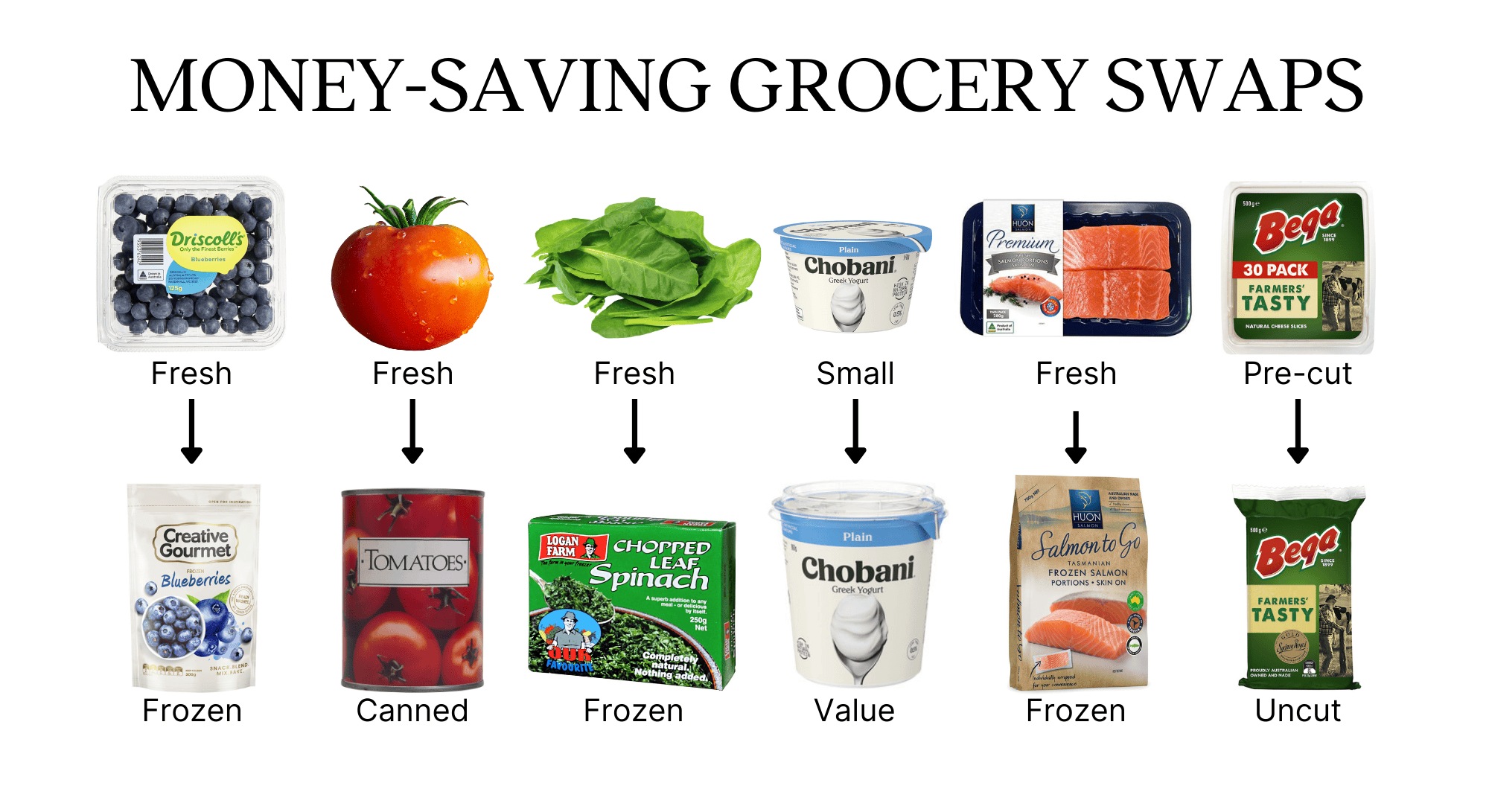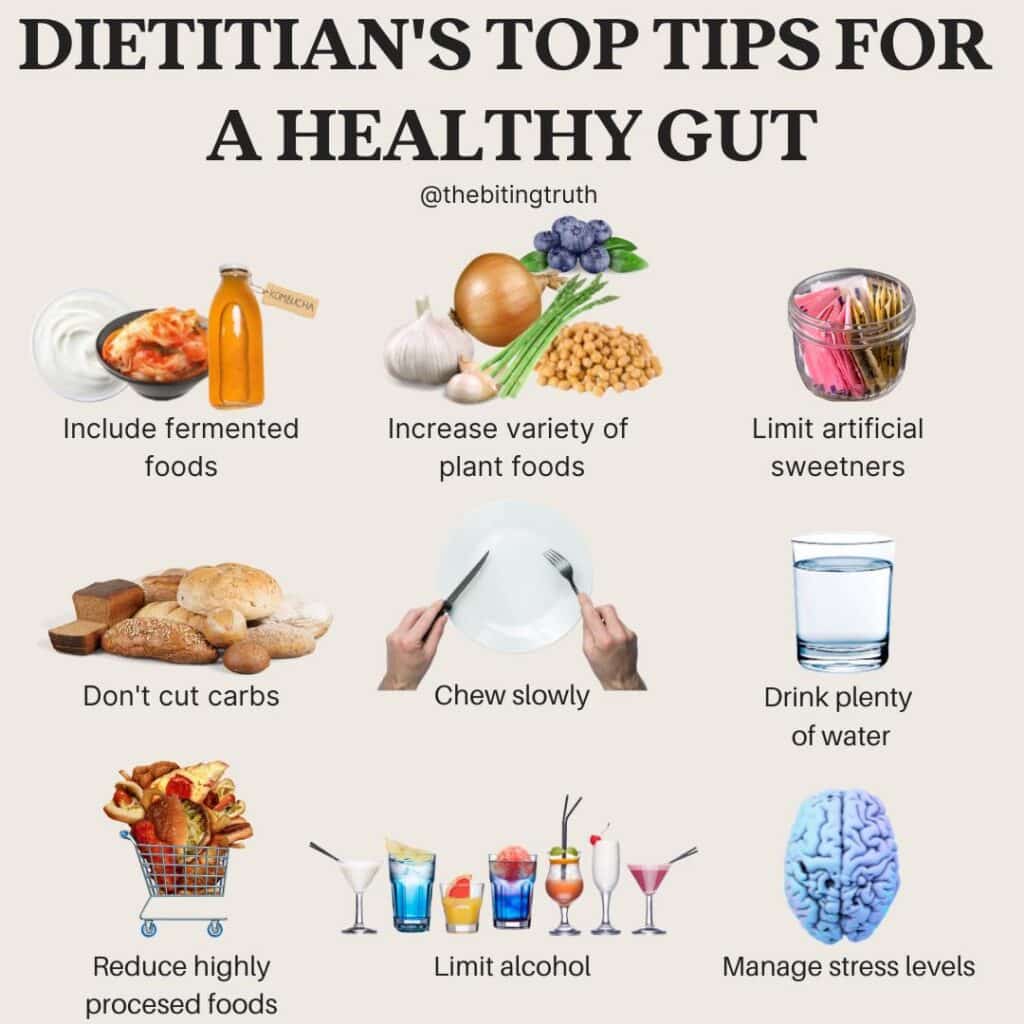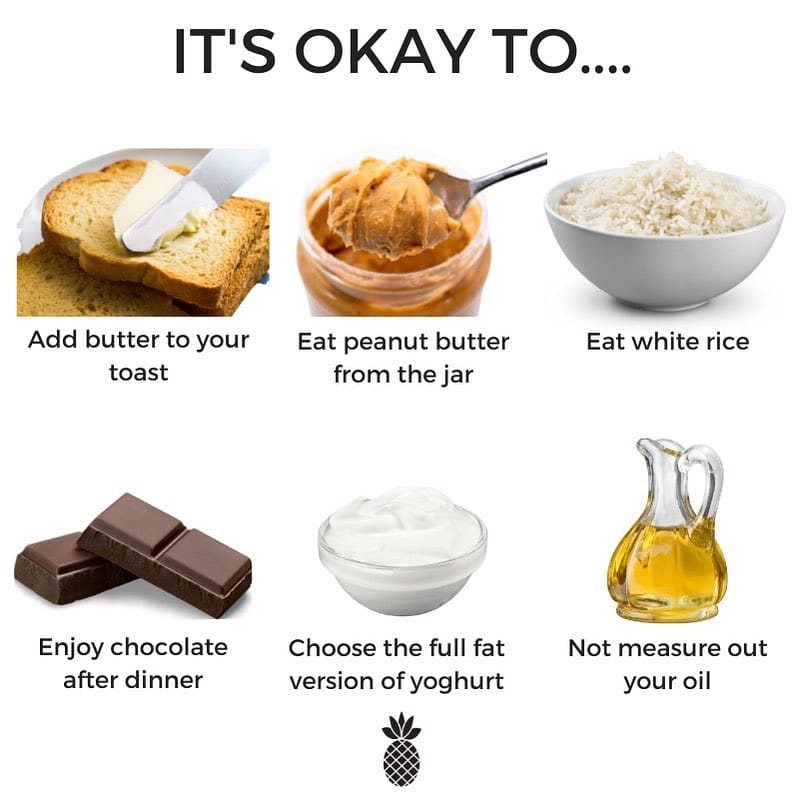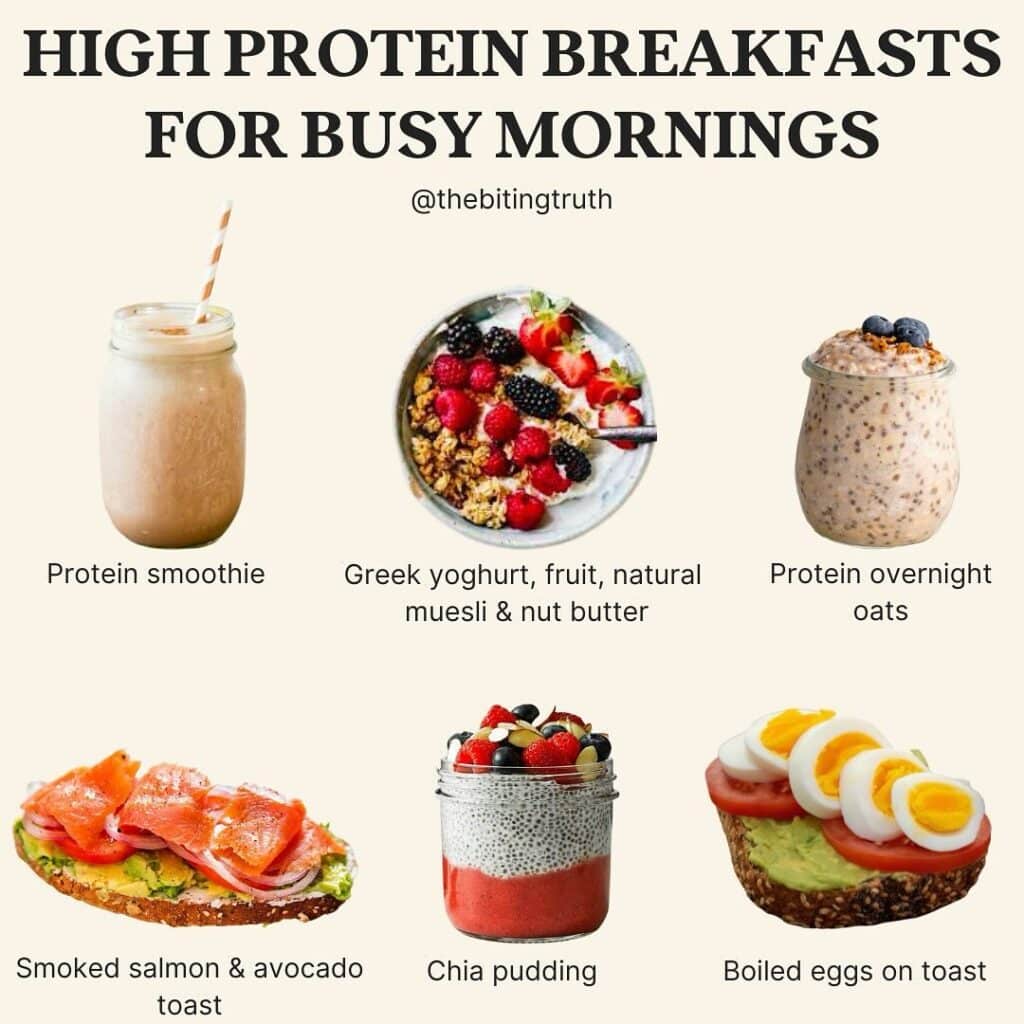With the cost of a single head of lettuce exceeding that of a box of chicken nuggets, eating healthy on a budget can seem impossible. You may as well eat fast food for breakfast, lunch and dinner, right?
Wrong!
We promise you, with a little bit of planning and flexibility it’s possible to be a healthy-eating, money-saving, trolley-wielding supermarket ninja.
Notice we said supermarket ninja, not takeaway ninja or Uber Eats ninja. That’s not to say you can’t eat out on a budget, but home cooking more often than not will help your hip pocket.
Budgeting starts, not in the aisles of the supermarket where you’re bombarded with enticing deals, bright colours and buzz words, but in the comfort of your own home. Specifically, in the fridge.
At the end of the week you’re bound to be left with a motley crew of leftover ingredients which are still perfectly edible and can form the basis of one, maybe two, meals for the week.
So, take a look in your fridge and write yourself a list of what needs using up.
Then take that list and either come up with some meal ideas yourself or plug those ingredients into an online recipe database and select a recipe from the oodles of ideas spat out.
Cast your eye down the page and click onto those recipes which use fresh produce that’s in season, wherever you are. Seasonal produce tends to be cheaper, plus it tastes better.
Within your weekly meal plan, schedule a Meatless Monday, Tuesday, or any day. Swapping meat for a plant-based protein will save you money, plus your health and the environment will thank you for it.
Yep, another list. We did warn you this involved a bit of planning!
Using the recipes you’ve chosen, scribble down what needs buying, remembering to check your pantry, fridge and freezer for any ingredients you already have.
While it might seem counterintuitive, consider doubling recipes and enjoying the leftovers during the week or stashing them in the freezer, as this can save you money in the long run.
Add to your list snacks for the week and you’re good to go.
Or, are you ravenously hungry? Have something to eat first, then you’re ready. The beauty of a shopping list is you’re less likely to buy items you don’t need, but nothing tips you over budget quite like grocery shopping with an appetite.
Okay, you’re at the shops, trolley at the ready. This is when flexibility comes into play. Let’s say you’ve decided to make a pumpkin soup this week and the recipe you’ve chosen calls for diced butternut pumpkin. Before you grab it, take a look at the price. Nine times out of ten, pre-cut produce is more expensive than uncut.
Looking at whole pumpkins, a butternut is $8 while the kent beside it is only $5.60. Guess what? The kent pumpkin will most likely work just as well in your recipe. Before popping it in your trolley, you might also like to swing by the ‘ugly’ produce section to check whether you can snag yourself an even better deal.
Or, another scenario: you’re making a curry and the recipe calls for a bag of baby spinach. That spinach is going to get wilted down anyway, so why not buy a box of frozen spinach instead? You might just save yourself $4.
Think frozen fruits and veggies aren’t as healthy? Think again! They’re usually snap frozen straight after picking which locks in all their goodness, versus ‘fresh’ produce which has had days during transport and storage for the nutrients to degrade.
As you work your way along the aisles, take a moment to compare prices of similar products from different brands. If it’s an item you use a lot of or often, choose the brand which has the lowest unit price (i.e. $ per 100g or per kg). No calculation necessary, the supermarkets display this for you just below the product price.
Whereas, if it’s a one-off purchase, resist two-for-one or other bulk buy deals. It’ll only cost you more money, clutter your kitchen, and likely get wasted.

Alrighty, time to check out! We hope you remembered your reusable bags because that’ll save you a few more cents, and every cent counts. Also, if you haven’t already, do yourself a favour and sign yourself up to your supermarket’s loyalty program. You’ll earn points every time you shop and can redeem them for dollars you can spend on your grocery shop.
Out the store you go, home to enjoy your healthy haul. And that’s it, you’ve done it, you’ve officially become a supermarket ninja. Wasn’t too difficult now, was it? With practice it’ll become second nature. Happy saving!
—
Notes






